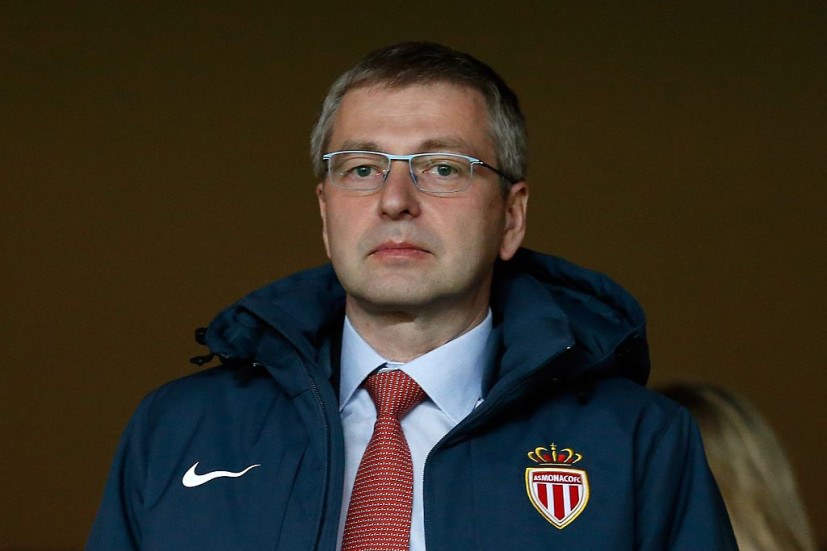Dmitry Rybolovlev, a Russian oligarch ranked by Forbes as the 428th richest man in the world, is currently suing Sotheby's for allegedly aiding the Swiss art dealer and adviser Yves Bouvier.
Rybolovlev, who also owns the AS Monaco Ligue 1 football club, is claiming that Bouvier swindled him by pricing 83 works he acquired from the dealer for over a billion dollars over their actual collective price.
Just this Monday, Jan. 8, the jury selection for the case has started and the actual trial is set to begin in the following days.

The Details in the Sotheby's v. Rybolovlev Case
According to the court papers, the main complaint that Rybolovlev had against Bouvier was that he incorrectly presented himself as an art adviser working for the oligarch by making sure transactions would be a success,
In actuality, according to Rybolovlev's legal counsel, Bouvier acted beyond his duties and was actually assuming the role of an art dealer in many of the transactions.
This became an apparent issue in 2013 when Rybolovlev purchased an Amedeo Modigliani masterpiece dubbed "Tête" priced at $83 million, which Bouvier said was the lowest the seller was willing to go.
What Rybolovlev didn't know then was that Bouvier himself was the seller who secretly bought the Italian artist's sculpture months before the sale and at half the price. The Russian oligarch's lawyers allege this to be the main reason why the billionaire lost millions upon millions of dollars.
Rybolovlev and his lawyers also claim that Sotheby's has aided Bouvier in defrauding him through the disingenuous act of "fattening" up the valuations of the works, which in turn helped disguise Bouvier's severely inflated prices.
In a statement to Artnews, a Sotheby's spokesperson said that the auction house is always following the required "legal requirements, financial obligations, and industry best practices" in all of the transactions that took place, outright denying Rybolovlev's claims as "false."
Included in the art purchases in question are René Magritte's 1962 oil painting "Le Domaine d'Arnheim," Gustav Klimt's 1907 follow-up work "Wasserschlangen II," and Leonardo da Vinci's famed "Salvator Mundi" which he painted circa 1500. The latter of the bunch has also been central to the whole case.
Read Also : Les McCann, Jazz Innovator Whose Works Were Sampled by Artists Like Dr. Dre and Snoop Dogg, Dies at 88
The Sale of Da Vinci's 'Salvator Mundi' to Rybolovlev
Before it sold in a Christie's New York auction in 2017 for over $450.3 million, which stands as the world's second most expensive final price for a painting ever recorded, Rybolovlev was the first one to enter into a deal for the piece with an expectation to buy it around eight figures.
Samuel Valette, a Sotheby's representative, was the one who aided Bouvier in settling the Da Vinci piece's pricing on behalf of Rybolovlev, the New York Times reports.
In addition to that, the publication said that the transaction itself happened in a Central Park West apartment with both Rybolovlev and Bouvier present.
However, in the following weeks, Bouvier reportedly sent an email to the oligarch's assistant, notifying him that the "Salvator Mundi" piece's then-seller had turned down offers priced at $90 million to $125 million, with the art advisor saying the counter offer was $127.5 million.
According to the court papers, the presiding judge Jessie Furman concluded that these statements about the negotiations were falsified and had never taken place.
In addition to that, the case documents said that Bouvier bought the Da Vinci painting beforehand at Sotheby's on May 2, 2013, and on the following day, that is when he sold it to the oligarch for the aforementioned "counter offer" of $127.5 million.
Two years after that deal, Rybolovlev grew suspicious of his relationship with Bouvier and wanted reassurance from the auction house, asking for a valuation for the Da Vinci piece that was in his possession at the time.
As per Judge Furman, an employee of Sotheby's was hesitant in evaluating the piece at $125 million, an action that was seemingly pushed by Valette, which is why said employee settled on $114 million.
The judge added that Valette also requested his co-worker to remove any reference to Bouvier buying the piece back in 2013.
Although the Swiss art dealer and advisor is not the defendant in this ensuing legal battle, pieces of evidence that reference his involvement in the incidents are going to have huge implications that could lead to proving or disproving Rybolovlev's claims of fraud.